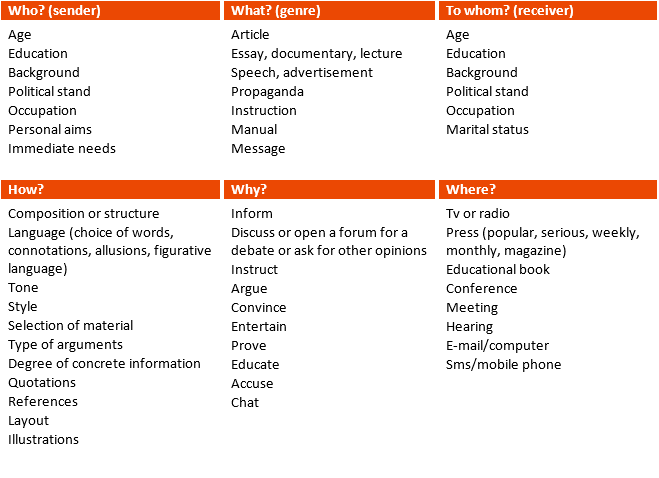Developing models of atoms - Atomic structure - Edexcel.
Atoms consist of a nucleus containing protons and neutrons, surrounded by electrons in shells. The numbers of subatomic particles in an atom can be calculated from its atomic number and mass number.
Answer to: Where are subatomic particles located? By signing up, you'll get thousands of step-by-step solutions to your homework questions. You can.

Atoms consist of a nucleus containing protons and neutrons, surrounded by electrons in shells. The numbers of particles in an atom can be calculated from its atomic number and mass number.

Particles are tiny bits of matter that make up everything in the universe. In particle physics, an elementary particle is a particle which cannot be split up into smaller pieces. There are many different types of particles, with different particle sizes and properties. Macroscopic particles are particles that are larger than atoms or molecules.They have volume and shape.

Which subatomic particle has a negative charge? Subatomic Particles: Subatomic particles are particles that are smaller than an atom. There are many different types, but three of the most common.

Students will be learning about atoms and subatomic particles in this complete lesson plan that is ready for you to print and teach. This is just one activity from the atoms station lab. Students will be learning about atoms and subatomic particles in this complete lesson plan that is ready for you to print and teach. Stay safe and healthy. Please practice hand-washing and social distancing.

These scaffolded, no-prep Atoms Cornell Doodle Notes are an introduction to atoms, subatomic particles, basic atomic structure, and reading the Periodic Table. They combine two effective note-taking strategies and can be used as part of the input for NGSS Disciplinary Core Idea PS1.A: Substances are.

Particles in liquids are quite close to each other, however they can move past each other very easily. This makes liquids very easy to break apart and why they cannot hold their own shape, but instead take the shape of their container. The particles in liquids move around quite a bit, bumping gently past each other. Particles in gases.

This page revises the simple ideas about atomic structure that you will have come across in an introductory chemistry course (for example, GCSE). You need to be confident about this before you go on to the more difficult ideas about the atom which under-pin A'level chemistry. The sub-atomic particles. Protons, neutrons and electrons.

Physics for Kids. Elementary Particles - Quarks, Bosons, Leptons. What is an elementary particle? An elementary particle is a particle that is not made up of any smaller particles. Elementary particles are the building blocks of the universe. All the other particles and matter in the universe are made up of elementary particles. History For many years scientists thought that the atom was the.

Get an answer for 'Calculate the subatomic particles for isotopes: Al ' and find homework help for other Science questions at eNotes.

This talks about subatomic particles and has a useful subatomic particle chart, do you know the difference between Quarks, leptons, elctrons, gluons this guide will help you understand the elementary particles of the standard model Quantum Physics - Subatomic particles I really hope that it didn't end with the Higgs. All things Science.
These interactive resources are designed for an 8th grade physical science class. Readings to highlight, guided questions, practice, homework, and foldable will introduce, explain, and reinforce the ideas of subatomic particles, ions, isotopes, atomic mass, average atomic mass, and atomic number. Y.



